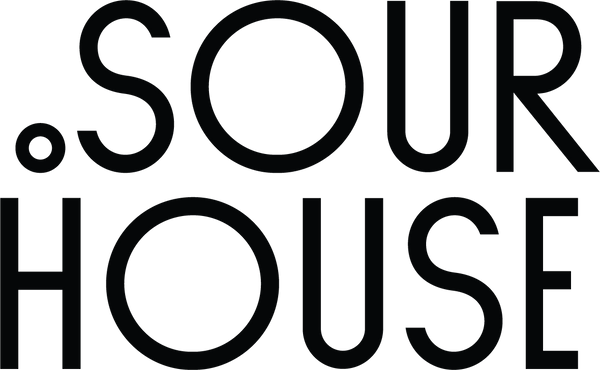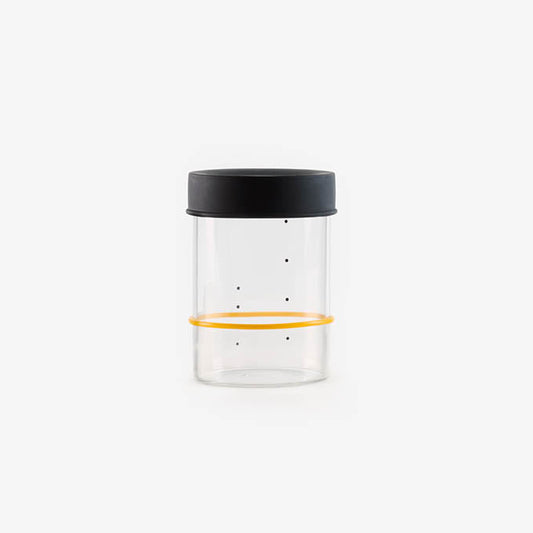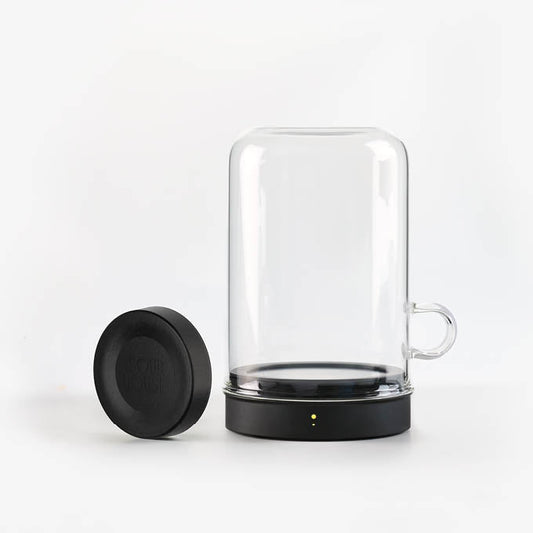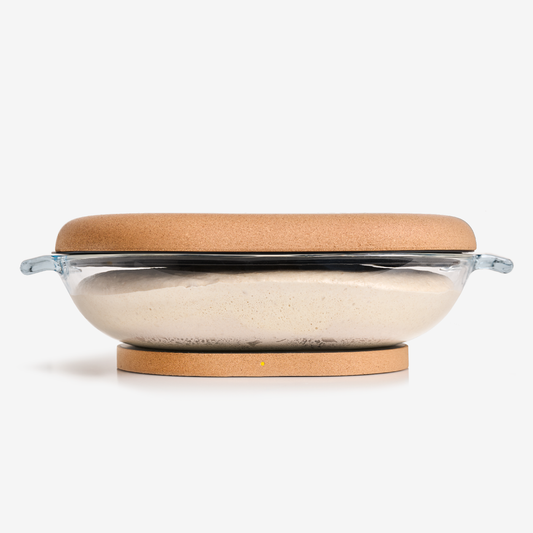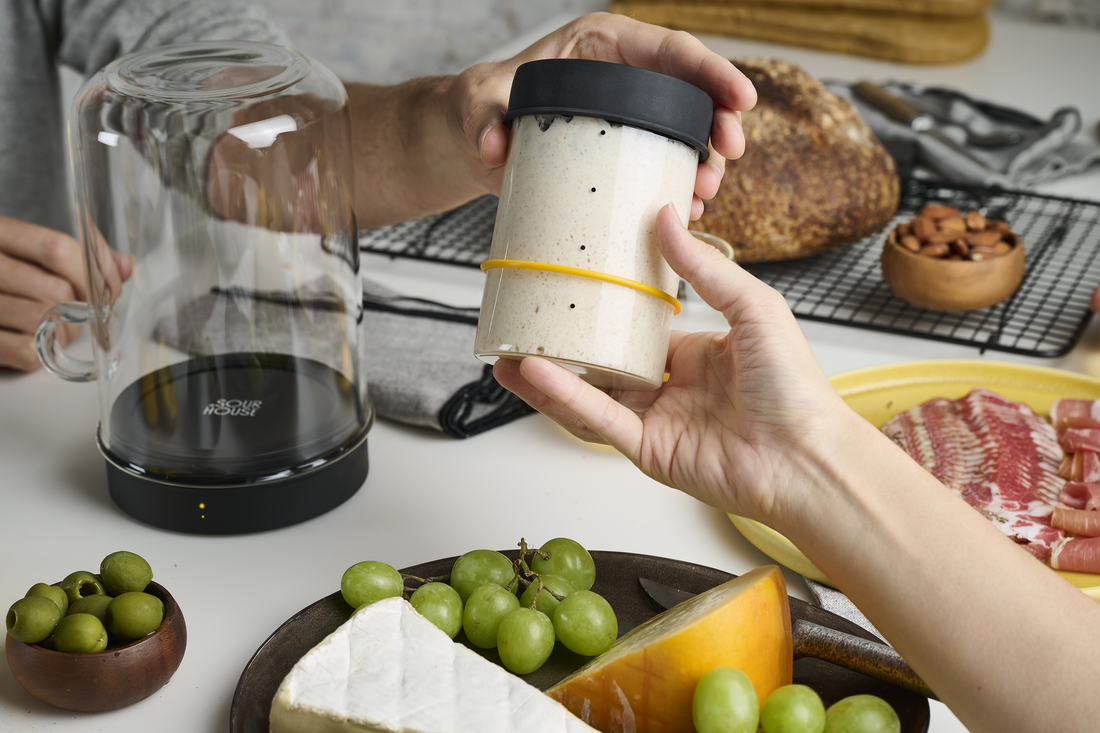
Essential Supplies for Starting Your Sourdough Starter
Share
Starting a sourdough starter is surprisingly simple - you really just need a few basic supplies that you probably already have at home. The key is keeping things clean and reducing variables until you get the hang of things. This is true both for making starters and when you're baking your first loaves of bread. If you start jumping around with different methods, you're going to confuse yourself. The fewer variables we have, the more peace of mind we have that if something's wrong, we can figure out what the problem is and how to make an adjustment.
What You'll Need:
- Clean jar with straight sides and solid lid
- Something to stir with (chopsticks work great)
- A rubber band (or marker) to track growth on your jar
- Kitchen scale (highly recommended)
- Towels for cleanup
- Unbleached, unbrominated flour
- Clean, filtered water
- A way to keep your starter in the ideal temperature zone
Clean Jar
You'll need a clean jar - ideally one that's clear with straight sides and a solid lid. The clear glass lets you watch what's happening, and straight sides help you track when your starter doubles in size. For the lid, something solid like metal, plastic, or silicone works better than cloth.
We offer a Starter Jar at Sourhouse that is designed to be very easy to keep clean and track your starter’s progress, but you don't need anything fancy. People use old sauerkraut jars, mason jars, plastic containers, baby food jars - whatever you've got works. The key is those straight sides because you want to be able to tell when the volume has doubled or more. Our goal is for our starter to at least double - that way it has enough activity that's ready to bake.
Something to Stir With
You need something to stir with. A lot of people like to use a spoon or a little spatula. Erik is a fan of using a chopstick - he thinks they make things simple, and help when trying to get into the corners of your jar. Jenny prefers a small spatula.
Something to Mark Your Jar
You’ll need a rubber band or even a marker to mark your jar, this will help you to know when your starter is ready to bake with. Each time you fee your starter, you put your band or mark your jar to the level that your starter is at. As your starter rises, you’ll be able to visually track how much the volume has increased, and you’ll easily be able to tell when it has doubled or more. Here’s a video with more information on how it works.
Kitchen Scale
We highly recommend getting a kitchen scale. It is possible to do things by eye, but measuring things by weight is much easier, and your successes will be more reproducible. The weight of flour can change with the environment, especially as it gets drier in the winter or more humid in the summer.
Unbleached, Unbrominated Flour
We recommend starting with a white flour like an AP or bread flour that is unbleached and unbrominated. You can also make starter with whole wheat flour, rye, or even non-wheat grains, but white flour is just fine so long as you keep it in the right temperature zone.
Note: You may hear about people having success with bleached flour, but we’ve not had that success. Again, it's one of those things that just makes your life a little bit more complicated.
Clean, Filtered Water
At the very least, you’ll want to use clean, potable water from. Tap water is fine, but filtered can also be a good choice as it reduces your uncertainty.
A little warm water can help - not hot or boiling water (that will kill things), but something that's a little bit warm to the touch can help move things along. The microbes that we're working with like warmth.
If you have heavily chlorinated water or very heavy water with a lot of minerals or water coming from a well, you may want to use bottled water or filter your water for this process.
Environment - The Goldilocks Zone
The environment for making the starter should be somewhere that's safe - no kids or pets or bugs that are going to intrude or knock that thing off that spot. It should be clean because we're calling forth certain microbes in a certain order to come to life within our starter.
Your starter likes to be warm, 75-82ºF (~24-28ºC), or what we call the ‘Goldielocks Zone’.
If you are finding that your starter is sluggish or not growing as you expect, it is likely too cold. Learn more about the ideal temperature for sourdough starter here.
Learn the steps to making your first sourdough starter here.
